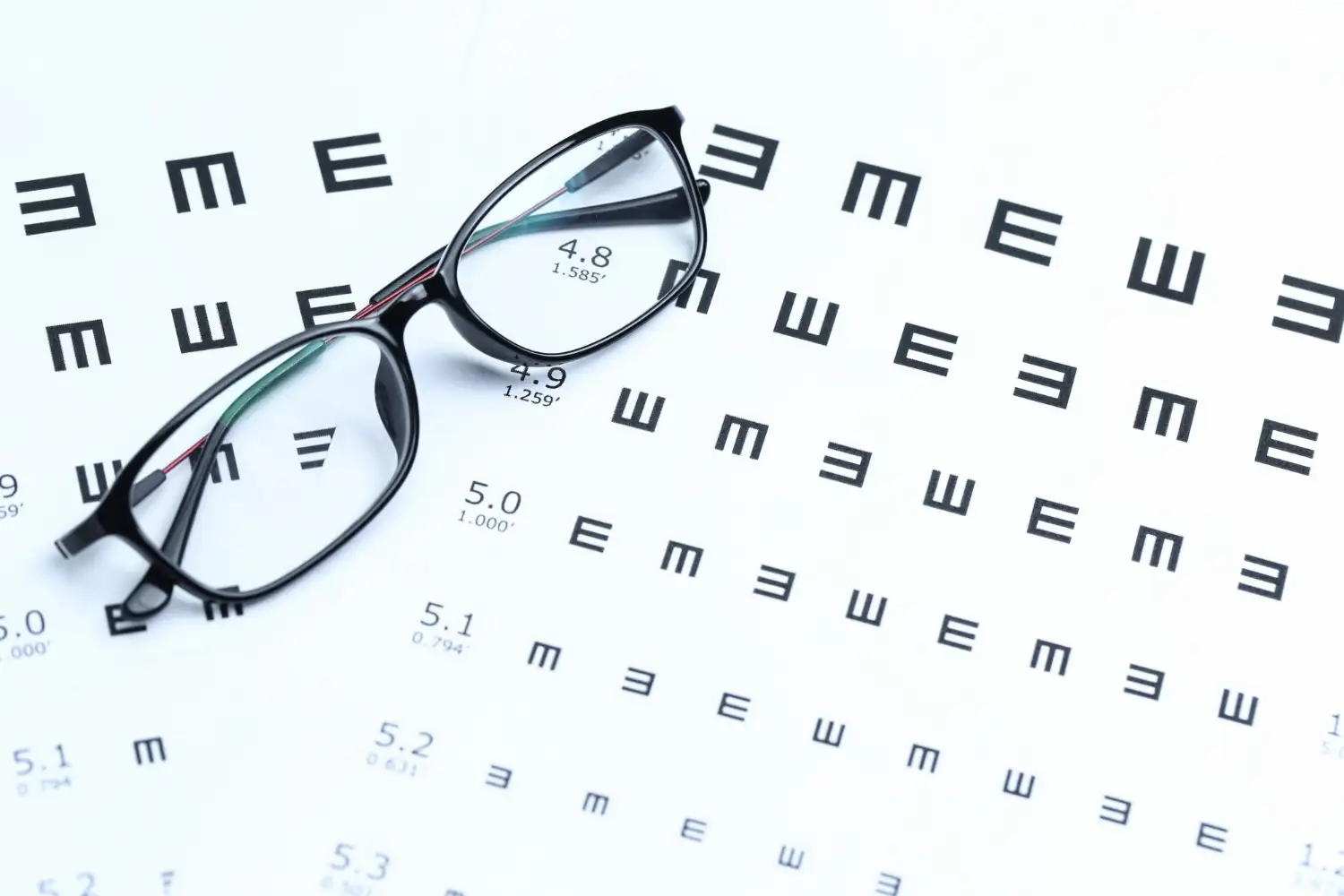Osteoporosis, often dubbed the “silent disease,” quietly weakens bones, making them fragile and prone to fractures. While it affects both genders, women are particularly vulnerable, especially after menopause. Understanding its prevalence, diagnosis, and treatment options is crucial for managing this condition effectively.
Prevalence among Women
Osteoporosis is a widespread concern among women worldwide, with statistics highlighting its prevalence. According to the International Osteoporosis Foundation, one in three women over 50 will experience osteoporotic fractures. The decline in estrogen levels during menopause accelerates bone loss, placing postmenopausal women at higher risk. However, it’s not solely an issue of aging; lifestyle factors like poor diet, sedentary habits, and smoking can exacerbate the condition.
Diagnosis
Early detection is key to managing osteoporosis effectively. Physicians typically use a combination of medical history, physical exams, and bone density tests to diagnose the condition. Dual-energy X-ray absorptiometry (DEXA or DXA) scans are the gold standard for measuring bone density. These painless, non-invasive tests provide precise measurements, assessing bone mineral density (BMD) and determining the presence of osteoporosis or osteopenia, a precursor to the disease.

Treatment
While osteoporosis has no cure, various treatment strategies aim to prevent fractures, improve bone density, and enhance overall bone health
1. Lifestyle Changes
Adopting a bone-friendly lifestyle is fundamental. This includes consuming a calcium-rich diet with adequate vitamin D, engaging in weight-bearing exercises like walking or strength training, and avoiding smoking and excessive alcohol consumption.
2. Medications
Physicians may prescribe medications to slow bone loss or promote bone formation. Common options include bisphosphonates, which inhibit bone breakdown, and hormone replacement therapy (HRT) to replenish estrogen levels in postmenopausal women. Other medications like denosumab, teriparatide, and romosozumab offer alternative approaches to manage osteoporosis.
3. Supplements
Calcium and vitamin D supplements are often recommended, especially for individuals with deficiencies. These nutrients play vital roles in bone metabolism and can support treatment effectiveness when consumed in adequate amounts
4. Fall Prevention
Since fractures are a significant concern for those with osteoporosis, fall prevention strategies are essential. This may involve home modifications, balance exercises, and using assistive devices like canes or walkers
5. Regular Monitoring
Routine follow-up appointments and periodic bone density scans allow healthcare providers to assess treatment efficacy and adjust interventions as needed. Monitoring bone health enables proactive management, reducing the risk of debilitating fractures
Conclusion :
Osteoporosis poses a significant health threat to women, particularly as they age. By understanding its prevalence, early diagnosis, and treatment options, individuals can take proactive steps to mitigate its impact. Lifestyle modifications, medications, and preventive measures play pivotal roles in managing osteoporosis and reducing the risk of fractures. Empowering women with knowledge about osteoporosis empowers them to prioritize bone health and lead fulfilling, active lives.


